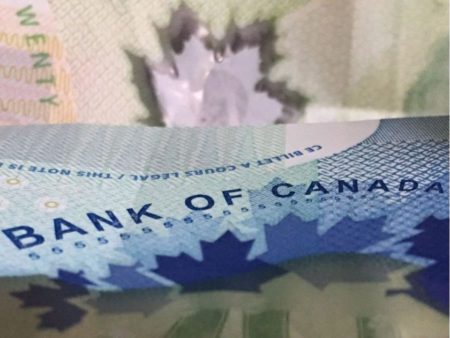May 17, 2019 – When back in the late 1960s there was a break-in at the Watergate apartments in Washington, DC, reporters investigating the potential link to the White House were advised to “follow the money.” It turned out that money does talk when it comes to uncovering a cover-up, as well as the reality of climate change.
In yesterday’s financial system health report from the Bank of Canada, it elevated climate change to be the key threat to Canada’s economy and the country’s future. You heard it, climate change was a greater threat than the affordability of housing, credit card indebtedness, the opioid crisis, pipelines, and even Western or Quebec separatism.
The report stated, “Economic activity and the environment are intertwined,” and that global climate change “has growing implications for the economy.”
The bank stated that insured damages to property and infrastructure averaged $1.7 billion CDN per year between 2008 and 2017, 8.5 times higher than the average of $200 million annually from 1983 to 1992.
The bank further noted that transitioning to a low carbon economy would entail additional costs for all Canadians noting that “transition risks are likely to have broad impacts.”
To what was the Bank referring in stating there were transition risks and additional costs?
Structural adjustments to carbon-intensive industry sectors, notably fossil fuel, and transportation. The Bank noted that fossil fuel reserves could end up being stranded, left in the ground, and leaving energy companies drained of assets.
On the other hand, the transition to a low-carbon economic future would boost green industries and technologies, and renewable energy alternatives.
The Bank reported that it is undertaking a multi-year research plan to get a better handle on the overall risk that climate change poses and is presently incorporating the issue into its risk analysis for the financial system and national economy.
In the report, the bank notes that labour and capital will have to move to less carbon-intensive sectors and that global trade patterns will shift to take into consideration climate change impacts. It states, “the necessary adjustments are complex and pervasive.”
The financial system, insurance companies, and Canada’s banks may all be susceptible to exposed risk from money invested in carbon-intensive industries, and supply chains. And with only a limited understanding of climate-related risks, the larger economy is vulnerable as it makes the transition to a low-carbon future. That’s why the Bank wants to develop a better understanding of what exposures businesses will face in the years to come.








